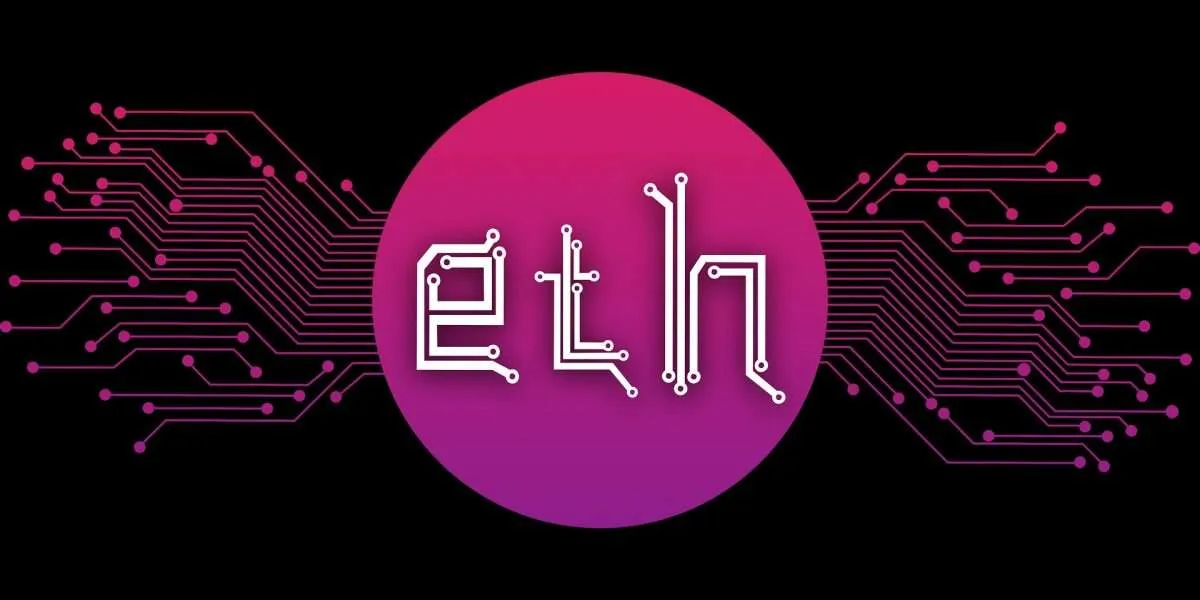We talked about it for months, and on September 15th, it took place in the wee hours of a Thursday morning. After preparing for the event for years, Ethereum completed the stunning technical upgrade that enabled it to use a proof-of-stake consensus for processing transactions.
The upgrade, known under the name of the Merge, aims to cut down the chain’s carbon emissions by over 99% and bring new functionalities to the crypto market. Crypto experts compare the upgrade to changing a jet engine mid-flight and doing it without any issues.
However, the event ran smoothly because Ethereum developers meticulously planned the upgrade and rigorously tested it for multiple months. Even Bitcoin enthusiasts like Pete Rizzo praised the technical upgrade showing the community that there’s room for gracious gestures even if the crypto market is a competitive place where organizations would rather fight each other than offer their support.
The upgrade of the second-most valuable digital coin by market cap was years in the making, and luckily it triggered no price fall for the native token. Immediately after the Merge, ETH’s price held steady, and the next day it registered only a 5% drop compared to the price before the technological overhaul. The number of beginner traders who searched for recommendations on how to buy ETH after the Merge increased because they want to make sure they make no mistakes.
An overview of the Merge
Before discussing the extent of the Merge on the crypto market, let’s fully understand what the upgrade means for Ethereum. The Ethereum foundation used an interesting analogy to explain the process. They stated that they built a new and more performant engine, and after testing it extensively, they installed it on the flying ship to make it more efficient. Why did they change the old engine? Mainnet, the blockchain Ethereum has used since its launch in 2015, relied on the proof-of-work consensus to complete transactions and other operations, requiring computers to solve complex computations to create new blocks and gain rewards. The traditional crypto mining method (several other blockchains use, including Bitcoin) is secure but highly energy intensive. Ethereum consumes the same amount of energy annually an entire country uses in the same time frame.
The Merge allowed Ethereum to transition to an alternative that enables the blockchain to function using 99% less energy. The validators who want to build blocks no longer devote electricity but put their personal cryptocurrency on the line. The staking process implies that validators are randomly picked to verify information in exchange for cryptocurrency. If they fail to confirm accurate information, they lose their stake.
The Ethereum developers tested the technology behind the Merge for around two years on the Beacon chain, which functioned in parallel with the Mainnet network. The Merge transferred all information from the Mainnet to the Beacon chain without affecting any of Ethereum’s functionalities.
What to expect after the Merge?
Vitalik Buterin, Ethereum’s co-founder, revealed what he expects for the altcoin in the post-Merge era. He stated that the upgrade is only 55% complete after the Merge because the network still has to complete other essential phases (the Surge, the Verge, the Purge, and the Splurge).
The Surge implies launching systems that enable Ethereum to become more scalable and expandable and facilitate the creation of layer 2 products like rollups and sharding. It aims to make it easier for developers to use the Ethereum network. Sharding will split the ecosystem into smaller pieces (shards) to boost its scalability by breaking the data within the blockchain into mini-blockchains.
The next phase, called the Verge, will introduce Verkle trees that should also improve the network’s scalability because they upgrade the Merkle proofs. This upgrade will reduce node sizes and optimise storage to create reliable encryption and convert blocks of data into long strands of code.
The last two phases, the Purge and the Splurge, have the purpose of lowering the amount of historical data to boost the efficiency of the process of validating the blockchains now that the blockchain uses the proof-of-stake consensus. They aim to allow more transactions to be processed on Ethereum and minimise network congestion. Vitalik Buterin stated that he expects Ethereum to process over 100,000 transactions per second when all five phases are completed. The Splurge is supposed to be the fun part that enables the ecosystem to run smoothly and ensures no issues deter the users’ operations.
Will the Merge affect Bitcoin?
The Merge didn’t impact only Ethereum’s evolution but the entire market because it opened the doors to thinking about digital currencies and blockchain opportunities differently. Crypto experts have been aware for a while that a change in narrative is essential, especially in light of the difficult bear phase the crypto market is going through and the high-pressure months the sector has had lately. Many prices continue to disappoint investors, and the enthusiasm sentiment has started to fade among those who hoped that adding digital coins to their investment portfolio would bring them riches overnight.
However, specialists believe that the energy-saving benefits the Merge brings could attract mature investors and large institutional players who are aware of the several benefits the upgrade could bring. This could offer Ether an edge over Bitcoin and enable it to get a step closer to the Flippening moment. Crypto strategies have even hinted that environmentally conscious investors could experience an overall change in mindset and join the crypto market because they no longer face the obstacles they dealt with before.
However, it’s challenging to tell if the Merge will change how other cryptocurrencies, like Bitcoin, operate. There are plenty of concerns about sustainability and energy consumption in the crypto market. Bitcoin is well-known for using a lot of power, and experts want to believe that the Merge will encourage Bitcoin developers to try something similar. Even if the event hasn’t been announced, other blockchain developers are contemplating it.
Can the Merge make the crypto market greener?
The switch from the second-largest blockchain to the proof-of-stake consensus is definitely a step in the right direction. If other blockchains follow its example and find ways to cut down electricity consumption, the market could go greener.





